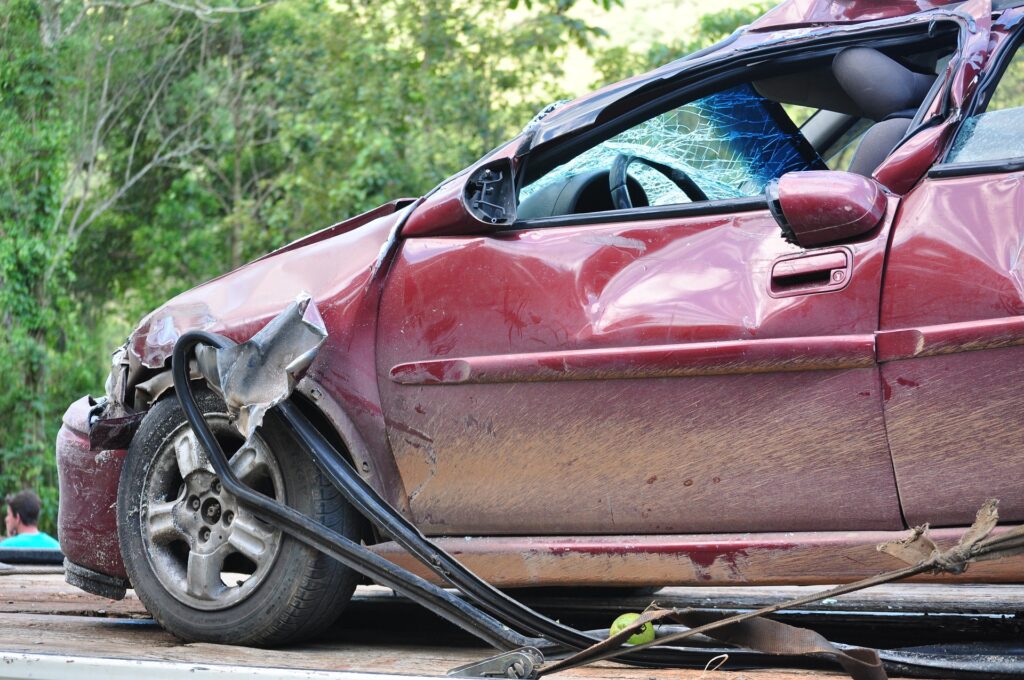For some lucky people, working in an office means waking up in the morning and sitting in the next home office room, whereas, for others, it means commuting to a place at a considerable distance away from home. In recent times, urban driving has become a cumbersome activity. City motorists in the UK spend an average of six weeks each year behind the wheel, commuting to and from from their workplaces.
Now, if you thought these statistics were shocking, here is a list of the five cities in the world that offer the worst driving experience. There is no specific order of comparison. However, the cities below were selected based on driving experience, adherence to traffic laws, daily traffic situation during peak hours, and waiting time at the signals, while environmental attributes such as pollution were not considered.
Beijing, China
The capital city of China has been on the list of the worst driving places for a long time now. This notorious place earned the name ‘Shoudu’, which was given to it by the natives and means ‘the capital of traffic jams’. With over five million cars registered in the city, the traffic flow is often sudden, random and congested. Beijing is notorious for the worst driving hazards. In 2010, the China National Highway Traffic Jam made it to the headlines when vehicles on the highway were stuck for days altogether. In 2015, the infamous traffic on the 50-lane G4 Beijing Honk Kong Macau expressway made news when a new checkpoint caused numerous cars to merge in 20 lanes. Again, thousands of motorists were stuck in their vehicles for hours.
China’s Transport Ministry later revealed that this was caused by the National Day festivities wherein about 750 million people were on the roads. In Beijing, the worst driving conditions are made during festivals and bad weather. The current traffic scene is better, courtesy of the numerous initiatives taken by the Government to curb traffic issues, such as setting out alternate days for car owners to take out their vehicles and introducing a lottery system for procuring license plates for new cars.
Mumbai, India
The city of dreams is one of the most populated cities in the country, and being stuck in one signal to another is an everyday story for its residents. One of the biggest reasons for the worst driving experience is the lack of discipline in refraining from adhering to the traffic rules, whether it is overtaking from the left, accelerating through side streets without looking, disrespecting pavements, lane cutting, or jumping traffic signals.
The increased amount of infrastructural development is increasing the number of private cars by leaps and bounds. Dug-up roads and encroachment of pavements by hawkers greatly restrict the smooth movement of vehicles. About a decade and a half ago, Mumbai was 1900 km in length, which has only increased by 30 km today, as compared to the number of cars, which is increasing by an average of 250 every day. Such disproportions of road versus vehicles are greatly increasing the traffic density of Mumbai.
Paris, France
The city of love has lately become a nuisance for the residents and tourists because of its increasingly bad traffic conditions, and it is advisable not to sit behind the wheel in Paris, if possible. Parking is one of the most difficult tasks with less parking space and more takers. Narrow streets, too many traffic roundabouts and the absence of proper lane markings make it difficult for the drivers to manoeuvre, leading them to take sporadic and sudden turns. The huge roundabout at the Arc De Triomphe, one of the most famous monuments in Paris, has approximately 13 entrances with no proper lane markings or directions, making the place one of the worst driving destinations. In the past decade, numerous research studies and effective measures have been adopted to improve driving conditions in the city, such as the introduction of intelligent transport systems technology.
Rome, Italy
The capital city of Italy is driving mayhem where seatbelts and rearview mirrors are simply accessories. Roman rental car drivers face innumerable driving hazards, such as tailgating and road raging. Tailgating seems to be a favourite pastime for motorists in Rome. The city witnesses numerous car crashes daily. Experienced drivers maintain their individual road guidelines against the ones laid down by the rule, thereby enhancing the worst driving experience for those who intend to adhere to the traffic rules. It is said that a new driver has to unlearn everything before he sits behind the wheel in Rome. Thankfully, the city does not allow visitors to drive in most parts of it. If you have an innate desire to drive to picturesque Italy, you should instead rent a car to relive your dream in the Italian countryside. Rome is definitely not the place to do this.
Toronto, Canada
The busiest and the most congested highway in North America, the 401 is home to this city. Even though the Toronto stretch of this highway is about 18 lanes wide, during peak hours, the traffic comes to a standstill. About half a million people commute through the 401 highway on a daily basis. The road can be tedious and difficult to manoeuvre for drivers unaware of the driving rules as certain regulations, such as passing on the right, are accepted by law. Of the numerous beautiful experiences that Toronto has in store for its residents and visitors, a good driving experience is not one of them.
When it comes to enforcing road rules, not every country is alike. People driving in Europe might become hassled by the many roundabouts and mostly one-way roads that lead nowhere. Also, road hazards differ from city to city, given the place’s commercial importance, population, and geography. However, building wider motorways, providing detailed road markings, and laying down strict driving guidelines are some basic tips for combating bad driving habits.
